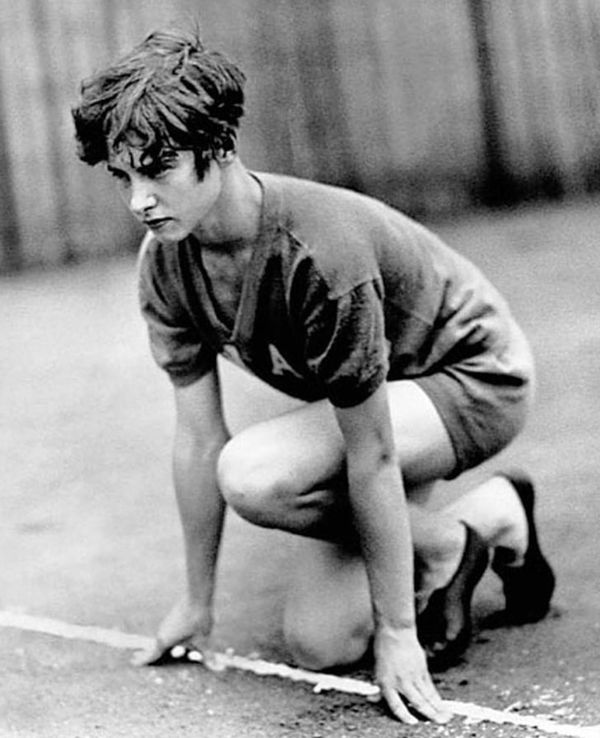

Betty Robinson’s preternatural success in the track realm is all a matter of serendipity. Her track and field journey began with the mere inconsequential act of boarding the train. As the 16-year-old future legend bounded up the steps of the platform to catch the commuter train already in motion, her biology teacher saw the makings of a true athlete. Little did her teacher know that he had just discovered the “fastest woman on earth” and future Olympic champion.
Track and field entered a new era in 1928 when the Olympic Committee allowed women athletes to compete in the Games. Betty Robinson became an overnight sensation and a female icon by becoming the first woman with an Olympic gold medal. However, in the present, she is more well-known as the woman who literally came back from the dead to defend her title.
ADVERTISEMENT
Article continues below this ad
Resurrecting the track and field glory of Betty Robinson
Betty Robinson won the 100m gold in Amsterdam, running against the Canadian stronghold, Fanny Rosenfeld. Surprisingly, the 16-year-old high schooler with no more than five months of sprinting experience defeated her northern neighbor and made a new record time of 12.2 seconds. As per Runner’s World, Robinson “an unheralded, pretty, blue-eyed blond young woman from Chicago became the darling of the spectators”. Even now, the memory of her performance lives on through the stories that proceed to the heart-stopping reminder of her unbelievable tryst with death. A social media user who identifies as “Fascinating” on the X platform recently conjured harrowing flashbacks of that fateful day in June.
Betty Robinson got into a plane crash and was mistakenly pronounced dead. She spent 7 weeks in a coma and it took her 2 years to learn to walk again. 5 years later, she won a gold medal in the Olympic Games 1936 pic.twitter.com/Ax1NrreBC1
— Fascinating (@fasc1nate) January 2, 2024
On June 28, 1931, Betty Robinson got into a small plane with her cousin to escape the murderously hot weather of Chicago. Suddenly, the plane’s engine malfunctioned, causing the flyers to nose-dive into a marshy field. Fascinating summed up the following events on the X post, saying, “Betty Robinson got into a plane crash and was mistakenly pronounced dead. She spent 7 weeks in a coma and it took her 2 years to learn to walk again. 5 years later, she won a gold medal in the Olympic Games 1936”. She recovered with difficulty to join the US’s stellar squad in Nazi Germany.
ADVERTISEMENT
Article continues below this ad
Rising from the ashes
Betty Robinson’s dislike for the word “impossible” spurred her to take part in the last Olympics of her life. Although one of her legs was shorter than the other, Robinson vowed to overcome all obstacles. She could not crouch for the 100 m race, so her only option was the 4x100m relay team.
ADVERTISEMENT
Article continues below this ad
Robinson said, “It was really a struggle to make the team in 1936”. She poured her heart and soul into the race and won the gold against the solid German team. Now a member of the US Hall of Fame, her story inspires all track and field athletes.
Watch This Story: Colorado Takes Skiing and Snowboarding a Step Ahead With World’s First and Only Olympic-Level Technology
ADVERTISEMENT
ADVERTISEMENT
ADVERTISEMENT
